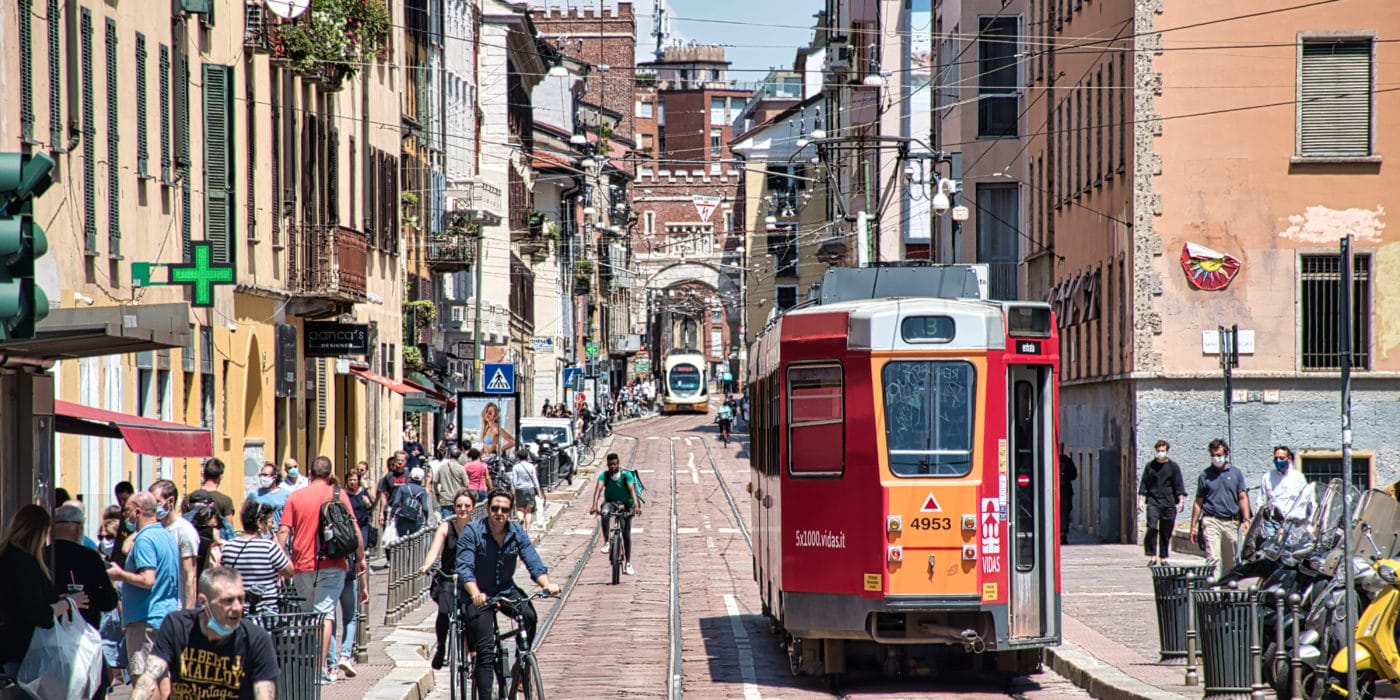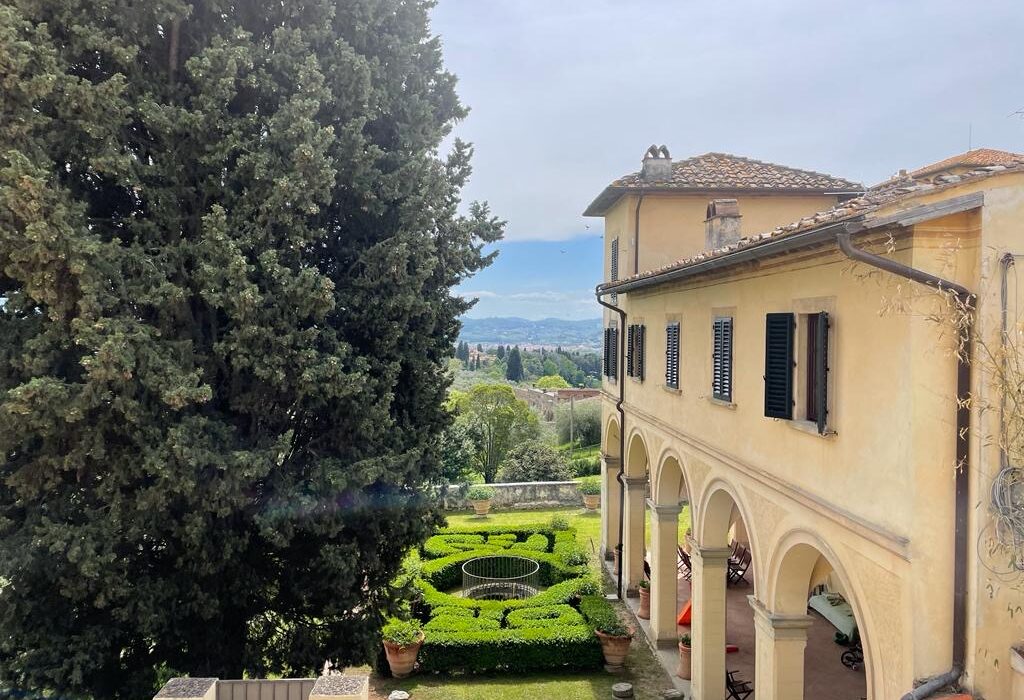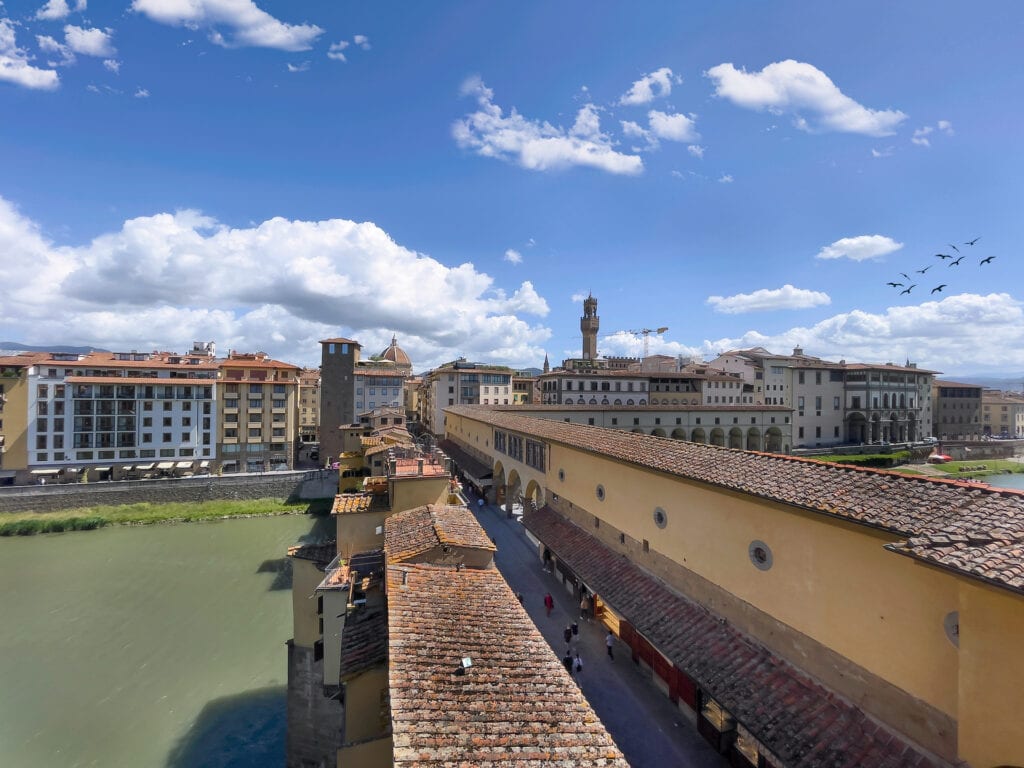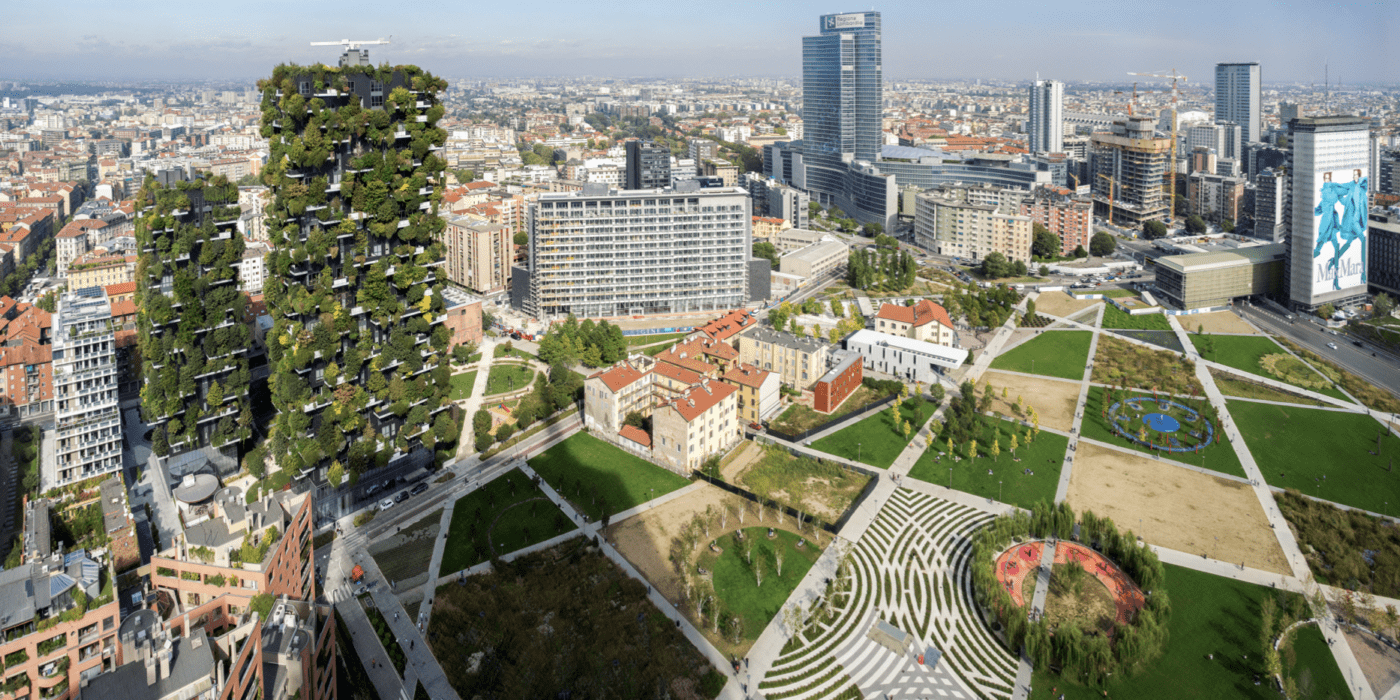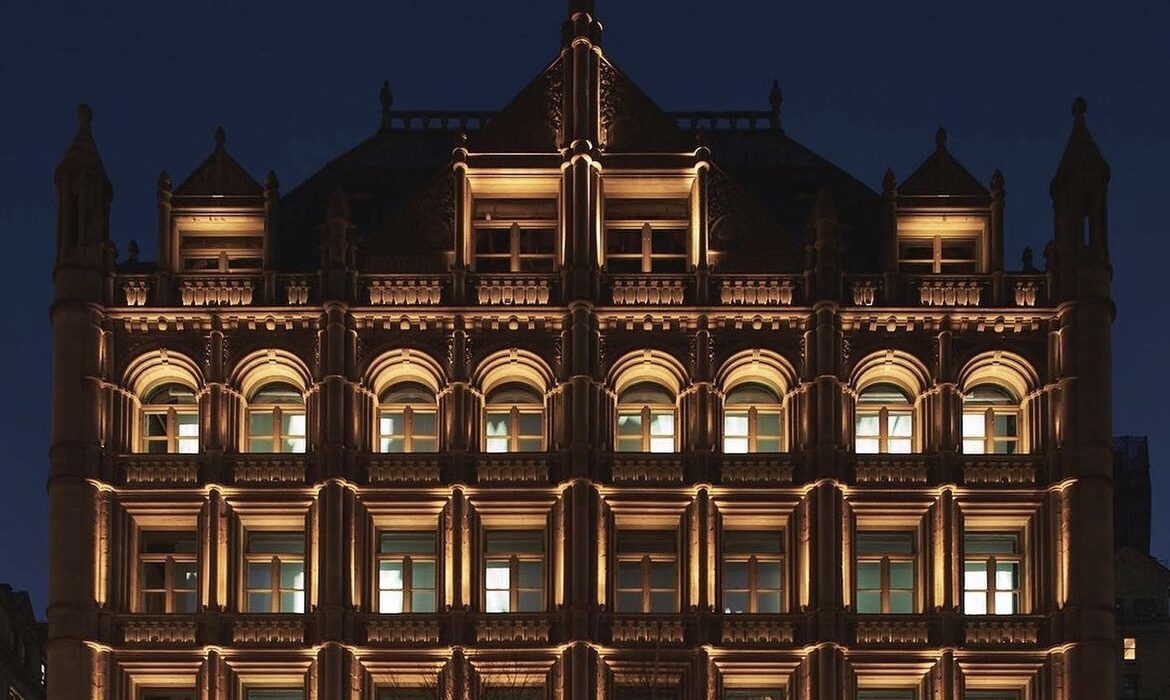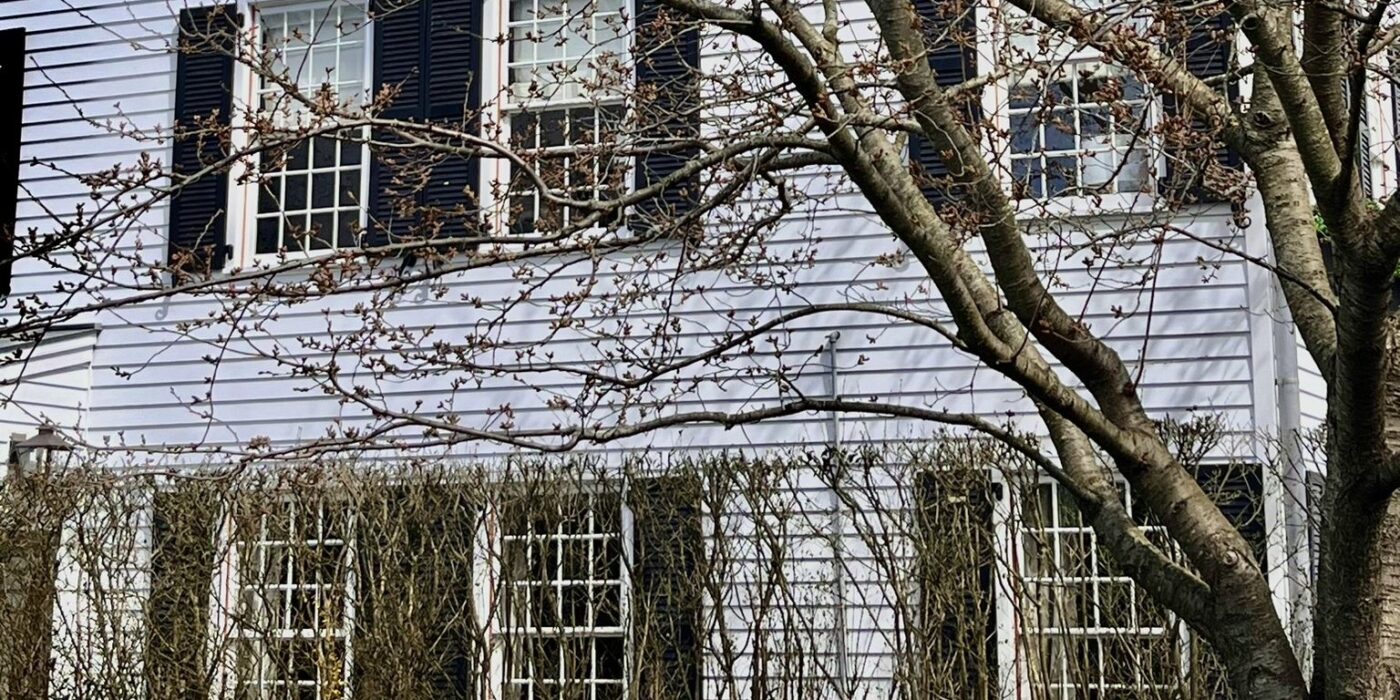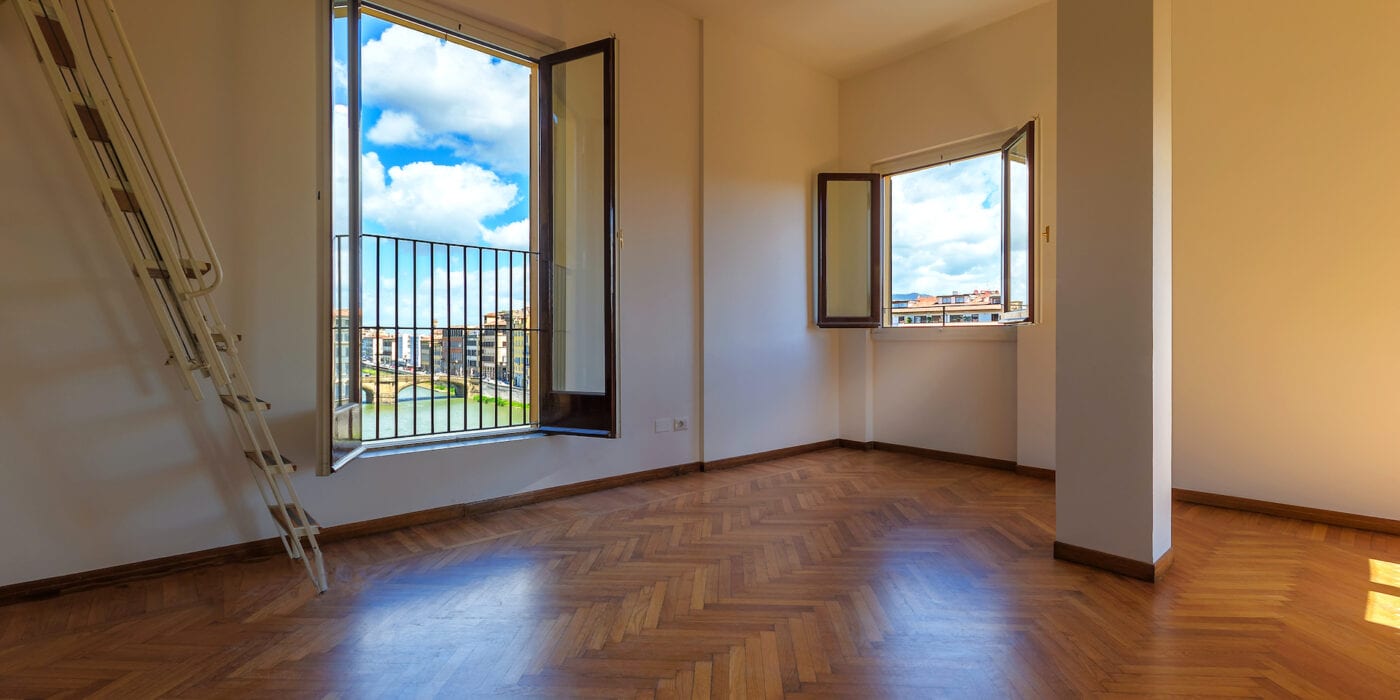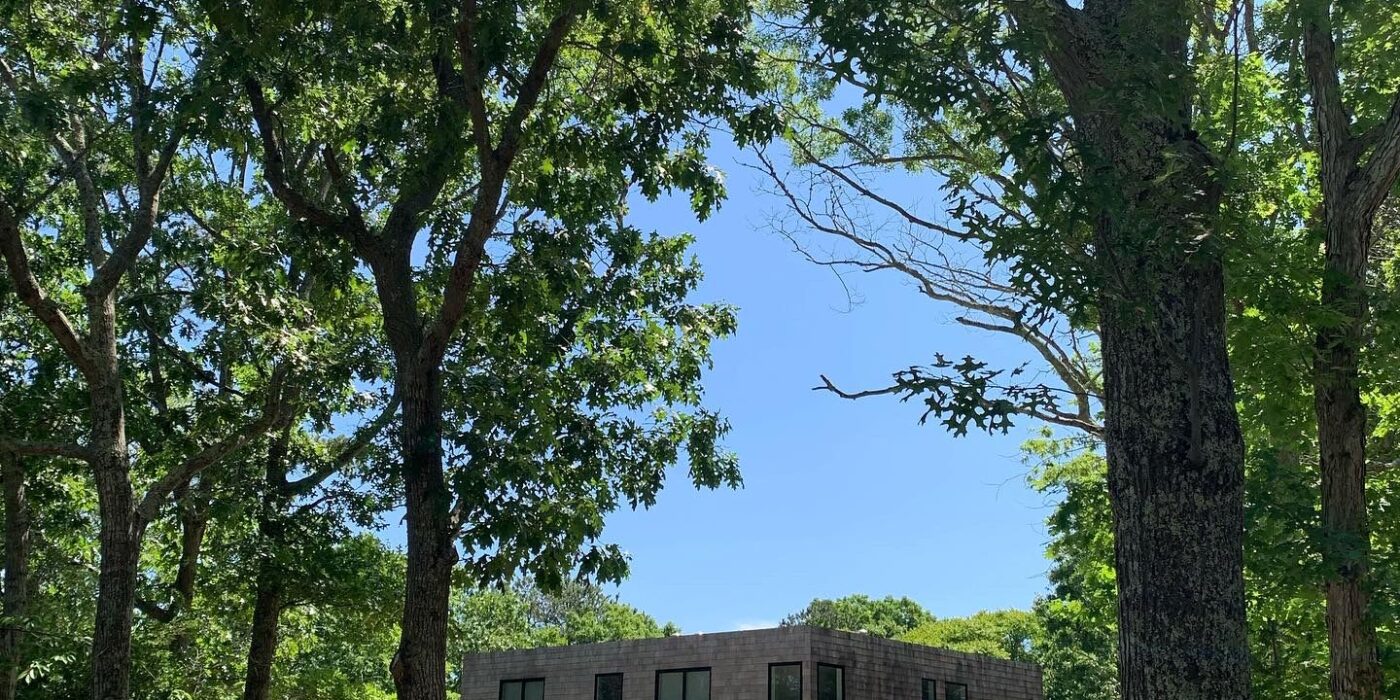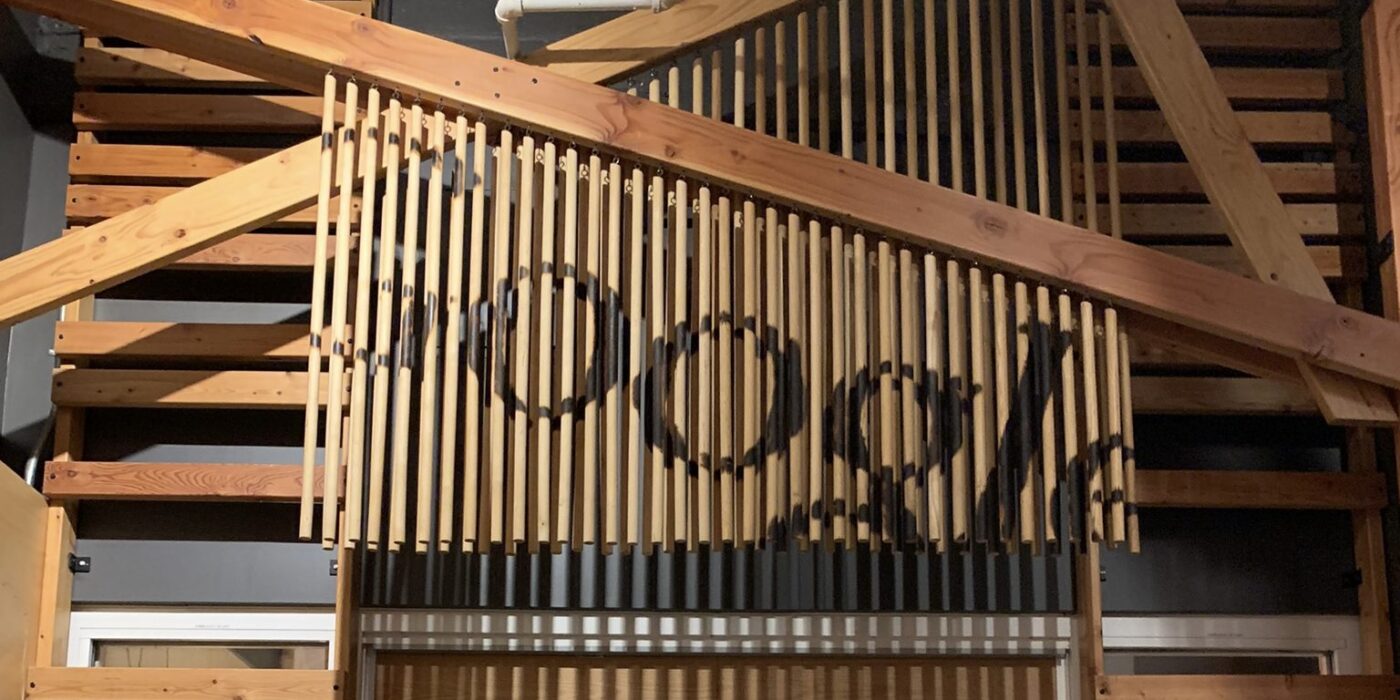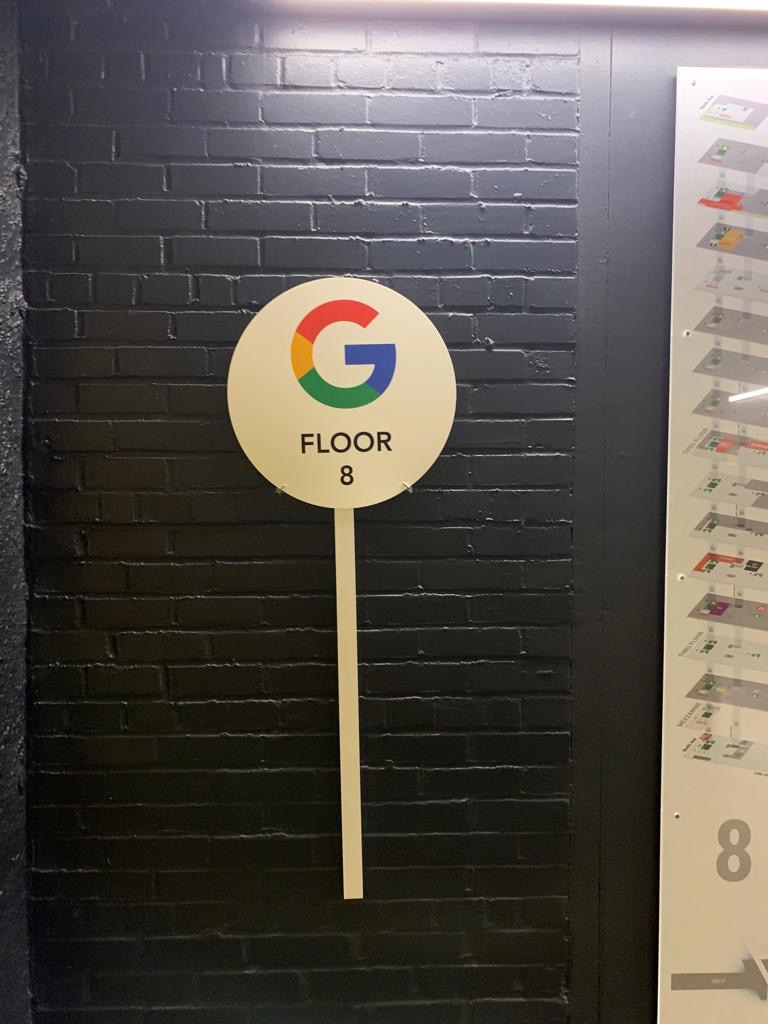Fifth Avenue Reclaims Its Crown As The Ultimate Billionaire Playground
It was immortalized by Audrey Hepburn gazing wistfully into Tiffany’s windows in the 1961 classic Breakfast at Tiffany’s. Now, Fifth Avenue between the Plaza Hotel and Central Park has firmly re-established itself as the global ultra-wealthy’s real estate playground of choice, with a new crop of outrageously luxurious residential developments commanding some of the highest prices in America.
Leading the charge is Aman New York, which occupies the Crown Building, formerly home to the Museum of Modern Art. When sales launched in January 2020, it marked “the first new development in New York in that top luxury category,” according to developer Michael Shvo, who co-developed the property. One of its penthouses traded for a staggering $49 million this past winter. Not to be outdone, the newly completed Mandarin Oriental Residences boasts fully-furnished, turnkey condos and an embarrassment of over-the-top amenities like a private rooftop restaurant, pool, and fitness facilities. It set a new record for Manhattan’s priciest studio at $3.88 million. Next up is 520 Fifth Avenue, an 88-story tower with 100 condos that launched sales last month starting at $1.7 million for a one-bedroom. Its retail tenants will include elite private club Moss among other ultra-luxury brands.
“This kind of product doesn’t come along very often,” says Josh Rabina of developer Rabina, which painstakingly assembled the parcels over 10 years. “Getting half a million square feet together on this block is quite a feat.” The buying frenzy is driven by a new breed of wealthy, largely from out-of-town and overseas, who view these ultra-pricey pieds-à-terre as trophies more than full-time residences, according to Shvo. “These residents have homes in St. Moritz, Madrid, Miami, all over…these are ‘want’ homes, not ‘need’ homes.” The allure, of course, is the unmatched confluence of retail opulence (Tiffany’s recently unveiled renovation is the crown jewel), cultural institutions mere steps away, and the perfect vantage just off Central Park. As luxury architect Peter Marino puts it after transforming office properties like 711 Fifth Ave: “Fifth has the beauty of New York street life. You definitely don’t have the energy anywhere else in the city.” Fifth Avenue is reclaiming its golden age as the address for the new titans to see and be seen. Forget Park Avenue, this iconic stretch is once again the billionaire’s address of choice.
Photo: Aman New York
Source: New York Post

